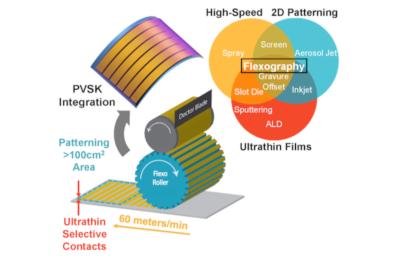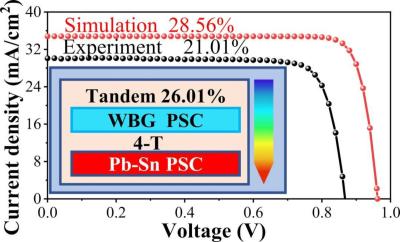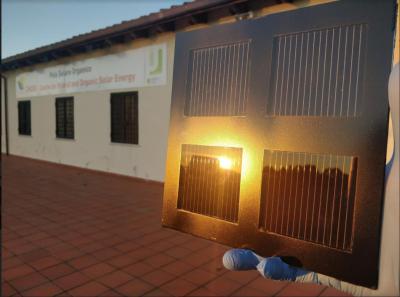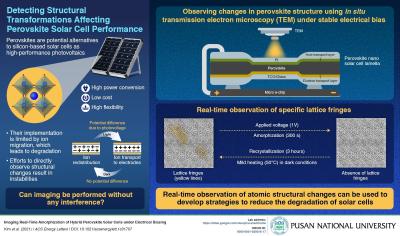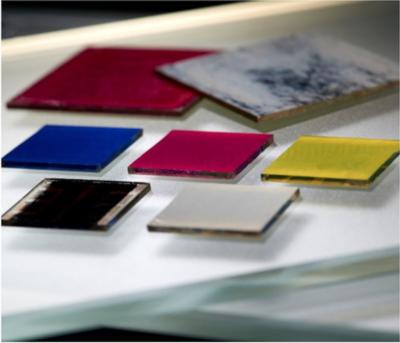Researchers combine PERC with perovskite cells for a promising tandem device
Researchers from Germany's Helmholtz-Zentrum Berlin (HZB) and Institute for Solar Energy Research (ISFH) have reported that passivated emitter and rear cell (PERC) tech can be suitable as a basis for tandem cells with perovskite top cells.
PERC cells are usually used in mass production of silicon solar cells, and while the efficiency of the study's tandem cells is still below that of optimized PERC cells alone, the team estimates that it could be increased to up to 29.5% through targeted optimization.


